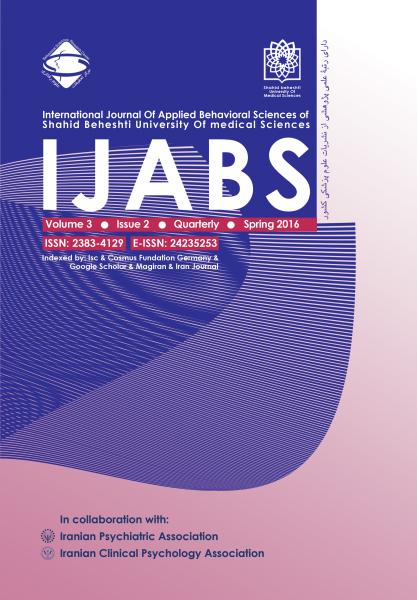An Anthropometric Investigation of Index Finger Length Ratio to Ring Finger (2d:4d) in Men with Schizophrenia Living in Khorasan Razavi
International Journal of Applied Behavioral Sciences,
Vol. 8 No. 1 (2021),
16 May 2021,
Page 1-10
https://doi.org/10.22037/ijabs.v8i1.23417
Introduction: Schizophrenia is a group of mental disorders that its main characteristics are failure to understand reality and inability to do daily tasks. Anthropometry, which is a type of biometrics, is a science that measures the dimensions and angles of body parts, as well as skin lines and fingerprints on living people. Perhaps knowledge about natural features of finger dimensions provides useful information in the field of medical anthropometry. Therefore, anthropometric properties of the fingers can be used to identify and develop research in this topic. And given that finger length, like brain development, is formed by a family of developmental genes. So, the objective was to find a link between brain violation and finger length.
Methods: This study was a case-control and cross-sectional sampling was done in the one-year. The index and ring finger lengths of both hands in 62 men with schizophrenia and 72 healthy subjects who were not diagnosed and aged 18 to 65 years old living in Khorasan Razavi were measured by digital caliper.
Results: Significant differences were observed between the average index finger lengths (2d:4d) in men’s right hand of healthy men and men with schizophrenia. Among other variables, significant differences weren’t observed between healthy and patients.
Conclusion: It may seem that the results above are used by methods for genetic studies of biometric changes in patients with schizophrenia from the index finger length ratio to the right and left ring fingers for further studies to make an estimation and generation. It’s essential to spread the similar statistical research wider statistical societies.
Conflict of Interest Declaration: Not declared.
